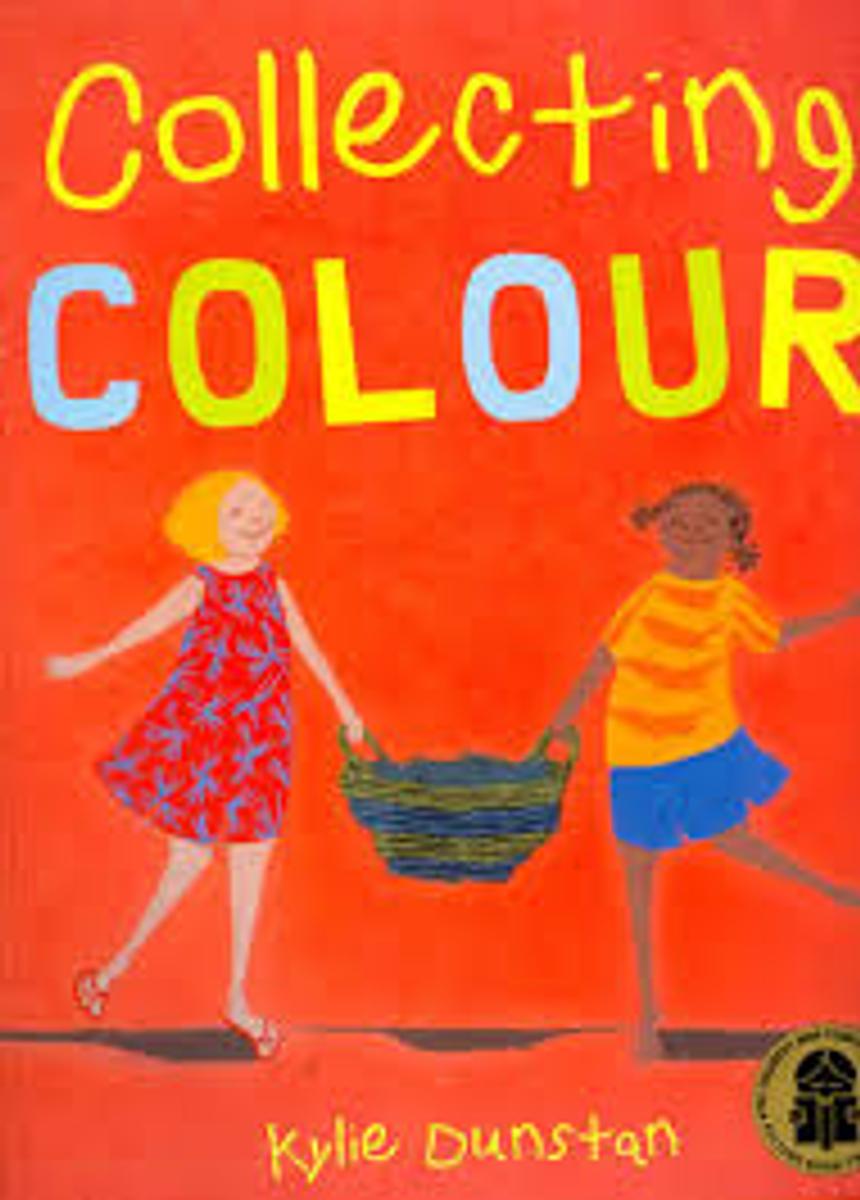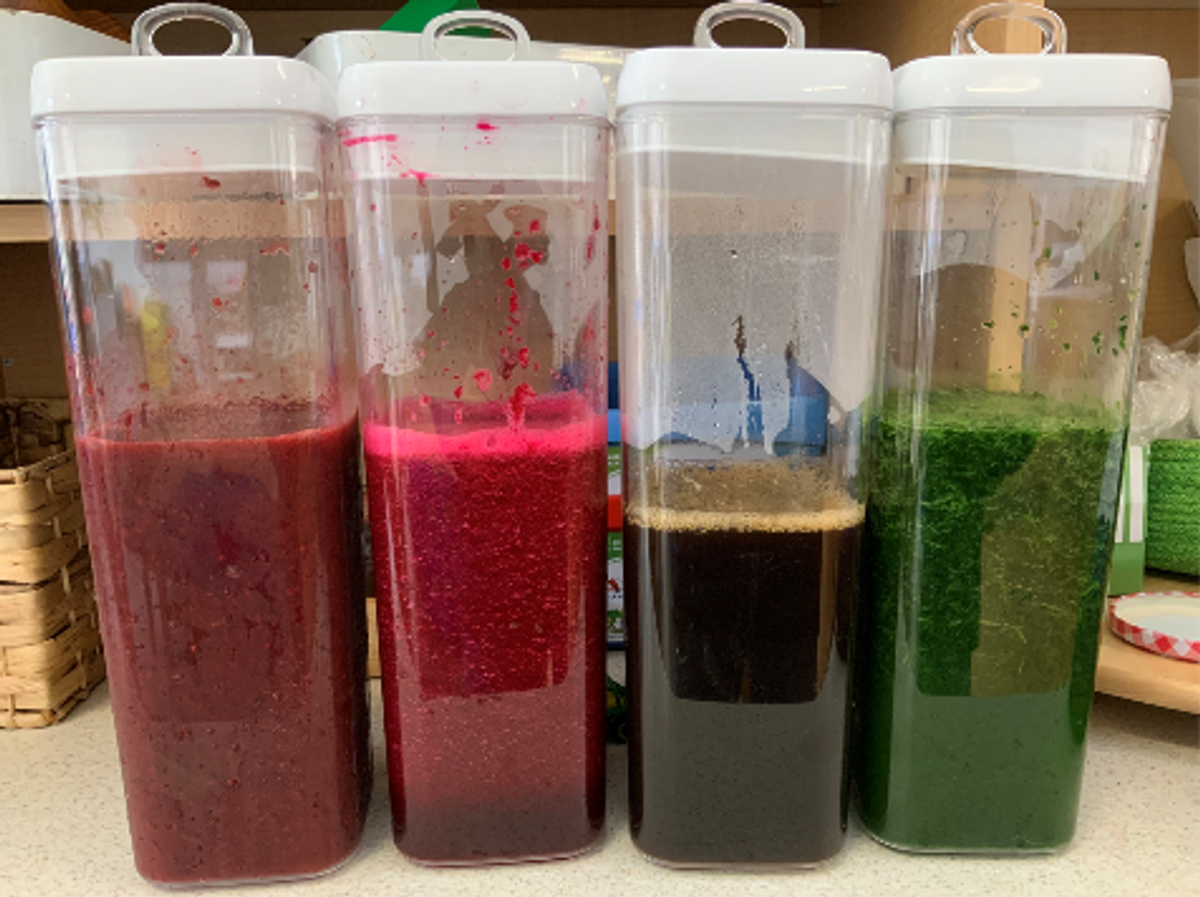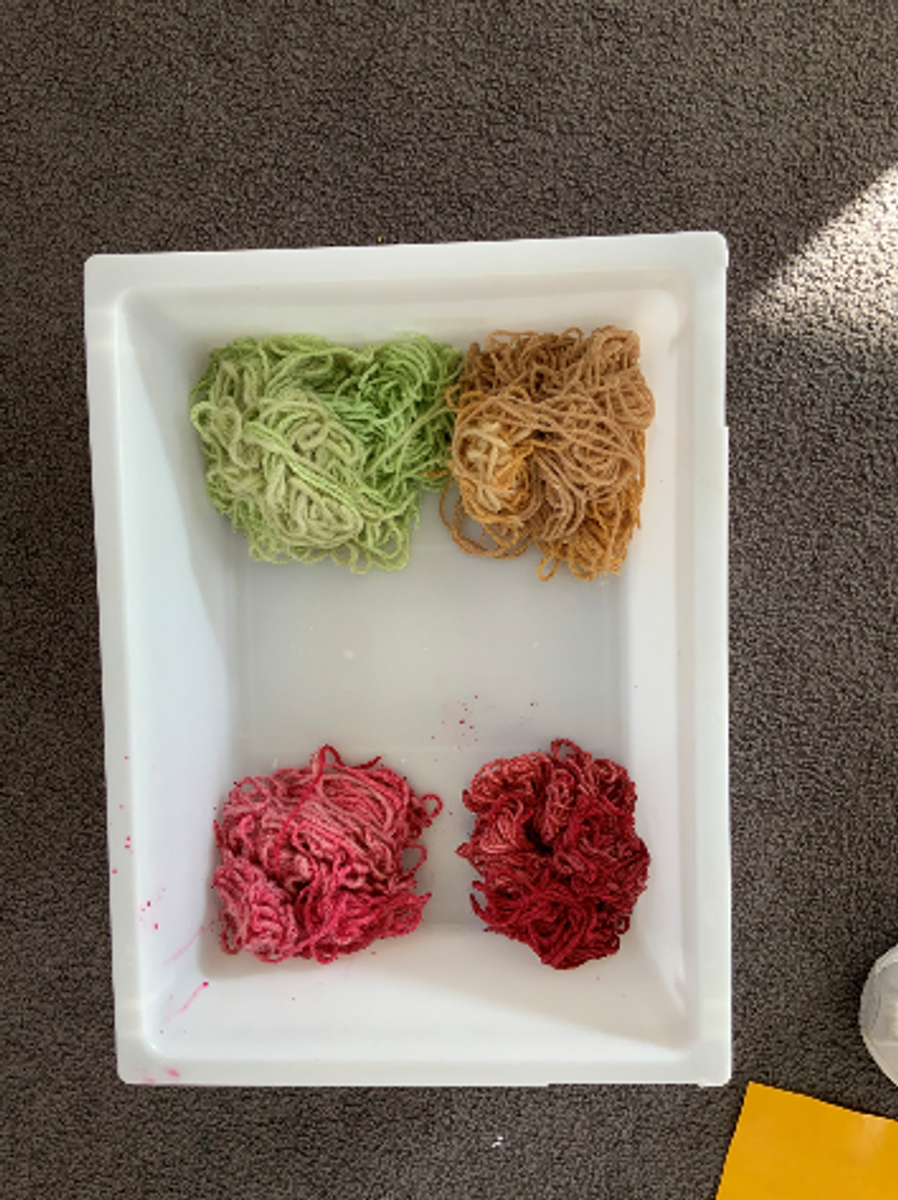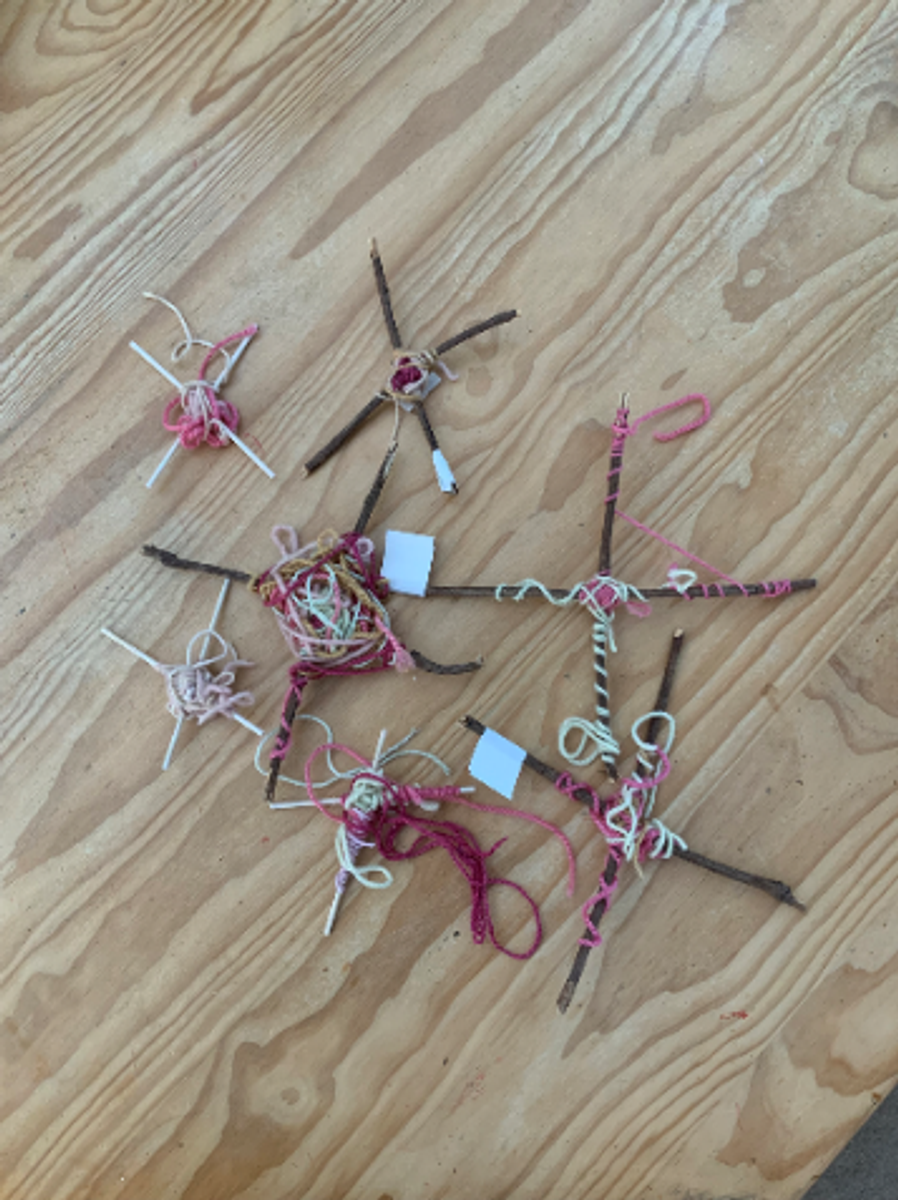Glen Education Caulfield South

Guided by the children's voice.
By Kaye McCallum, Early Childhood Teacher
At Glen Caulfield South Kindergarten we use the children’s voices to guide us when planning a rich learning environment that engages them in meaningful learning. I would like to share a recent project we embarked upon that stemmed from a question that one child asked. The project took place over a three week period.
Week One
Last week one of the children asked about a woven basket that a pot plant was in. He was interested in how it was made. After chatting with him we decided that we would explore this further. This week I read the story Collecting Colour by Kylie Dunstan. It’s a story set in the Top End of Australia about friends who dye pandanus leaves different colours using fruits and roots from the ground so that they can use them for weaving. We are going to dye some wool at kindergarten to use for weaving. The children brainstormed some ideas about what we could use…
- Pencils and paint (we talked about using fruits and vegetables)
- Berries, including strawberries and blackberries.
- Beetroot
- Banana, mango, and eggplant (we discussed these and decided that the colours might not be strong enough to dye the wool
- Coffee (I showed the children an example of what we are going to do with coffee)
We made a shopping list and I will go shopping this week so that next week we can start dyeing the wool. The children were very excited about this project. Through this process the children were developing dispositions for learning such as curiosity, co-operation, confidence, creativity, commitment, enthusiasm, persistence, imagination, and reflexivity. They were really thinking about what different fruits and vegetables looked like and which would produce the strongest colours. They were developing learning and thinking skills, problem solving skills and hypothesising.
Week Two
Today we took the next step in dyeing the wool. We found some white neutral wool and the children cut the wool into long lengths. We used measurement terminology such as length, short and long as the children wondered about how long they should cut the wool. I stretched my arms out and said, “About this long” The next challenge was cutting the wool, many of the children found this much harder than cutting paper and needed some encouragement and guidance to reassure them that they could do it. It was a great lesson in persistence! Next, we took the four items, coffee, blackberries, spinach and beetroot, added them to individual containers and added warm water. I used a stick blender to mix the food items into the water and then we left the mixture alone for a few hours to allow the colour to fully develop. I used the word steep with the children and explained what it meant; it was a great way to expand their vocabulary in a meaningful way.
After lunch we poured the liquid into a bowl using a strainer to remove any food residue. The children were so excited to push the liquid through and see the gorgeous colour. We poured the coloured water back into the containers.
Finally, we added some salt to the coloured water to hopefully help it to be more colourfast. The children then each had a turn pushing some wool in. Immediately the wool started to change colour. We are leaving the wool in the water for a week and will take it out next week. Stay tuned for what happens next!
Week Three
Today we removed the wool from the liquid. Look at the gorgeous coloured wool. We put the wool outside in the sunshine to dry.
Friday 24th May
Today the children were very excited to start weaving. This was quite challenging for the children as they needed to weave under and over with the wool around the two sticks. This experience encourages the development of fine motor skills and hand eye co-ordination. They were also so proud of what they had achieved. Well done!





